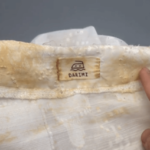Mildew on your walls can be a pesky problem, but there are several effective ways to tackle it. Here are some methods you can use to clean your mildew-affected walls and prevent further issues.
1. Javel Bleach
Prepare a diluted solution of 1 liter of bleach to 2 liters of water, which should be enough to cover 20 square meters of wall space. Use a paint roller to apply the solution to the affected areas, and then scrub away the mildew with a clean brush. Rinse the wall with clean water afterward, and use a fan to speed up the drying process. Remember to keep the area well-ventilated and wear gloves to protect your hands during this process.
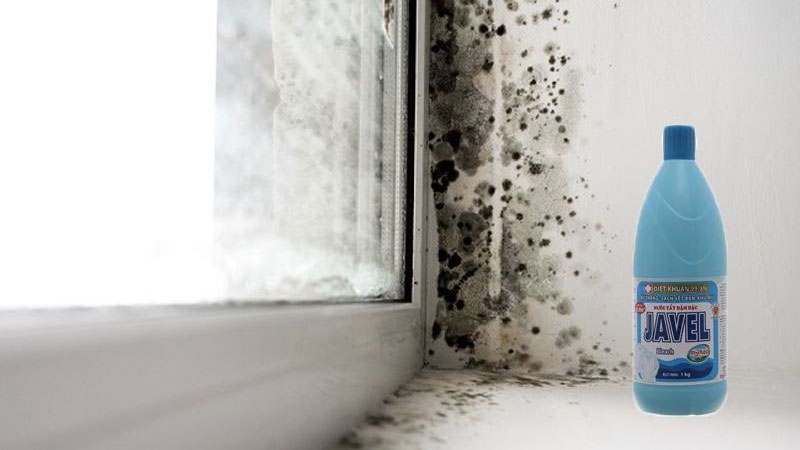
2. Fresh Lemon
Lemons are a great natural cleaner due to their high citric acid content. Simply wash the affected area with clean water, and then scrub it with a fresh lemon or apply lemon juice directly to the mildew. Use a brush to scrub away the mildew, and then wipe the wall dry with a clean cloth.
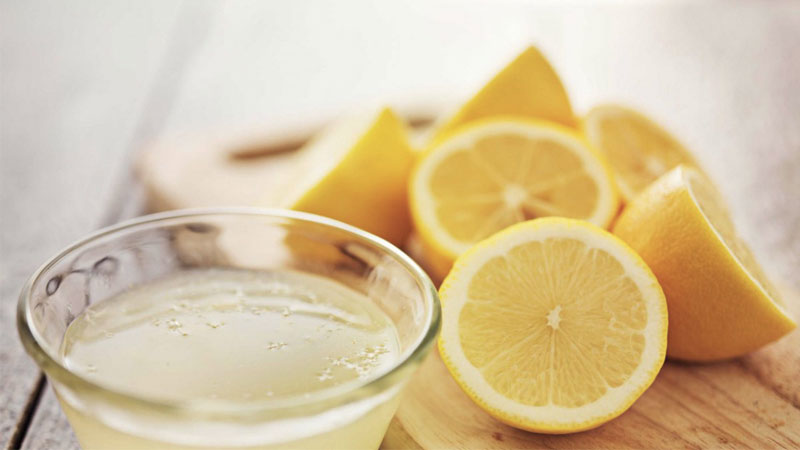
3. Vinegar and Baking Soda
Vinegar, like lemon, contains acetic acid and has strong cleaning properties, especially when combined with baking soda. Mix the two together to form a thick paste, and then apply it to the mildew with a brush, scrubbing vigorously. Leave the paste on for 10 to 15 minutes, and then rinse it off with clean water. You’ll be surprised at how well this simple solution works!
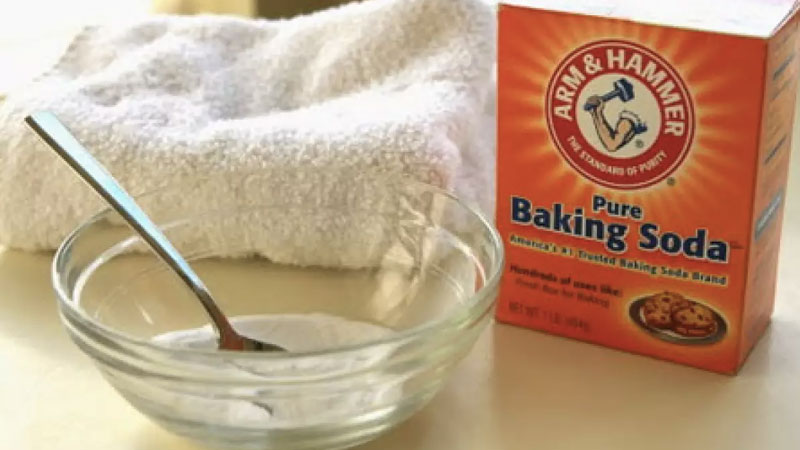
4. Soap
Dilute soap with water at a ratio of 1:3, making sure to fully dissolve any soap powder for better results. Use a brush to apply the soapy solution to the mildew and then rinse it off with clean water. While soap can be used to treat mildew, it may not be as effective for more severe cases.
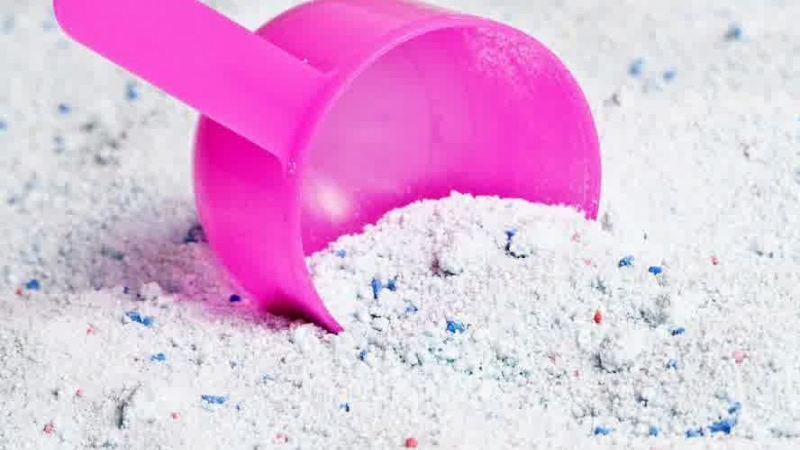
5. Hydrogen Peroxide
Using hydrogen peroxide to clean mildew-affected walls is simple and highly effective. Get your hands on a 3% concentrated hydrogen peroxide solution and spray it directly onto the mildew. Let it sit for about 10 minutes to allow the solution to penetrate the mildew, and then wipe it off with a clean cloth. It’s that easy!
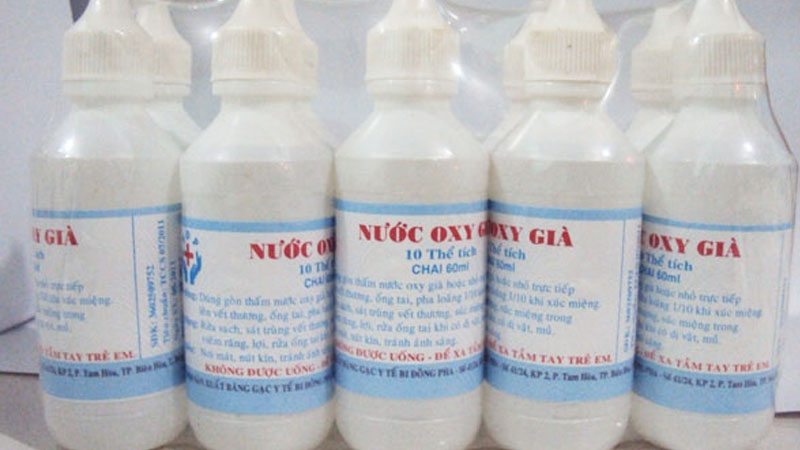
6. Wood Ash
Mix wood ash with a small amount of water to form a paste, and then use a brush to gently scrub the mildew-affected areas or any discolored parts of the wall. Let it sit for 5 minutes, and then scrub and rinse again with clean water. Wood ash contains alkaline substances that can effectively remove light mildew and stains.
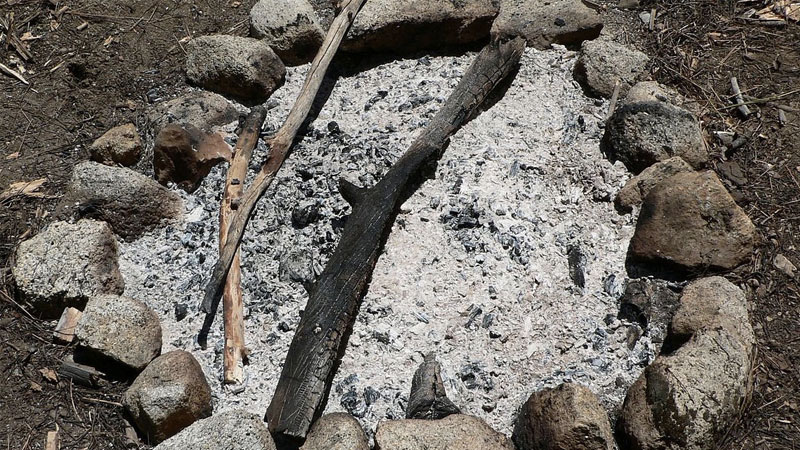
7. Alum
Alum is a natural cleaning agent, and using it is simple and safe. Mix 3 liters of water with 1 cup of alum, and then use a brush to apply the solution to the mildew and stains. Afterward, rinse the wall with clean water. This method effectively kills bacteria and prevents mildew from growing back.

We hope these methods help you quickly and effectively clean your mildew-affected walls. If you have any further questions or concerns, feel free to leave a comment, and we’ll get back to you!

